WASHINGTON — The leaders at the D.C. Department of Transportation are well aware of just how bad some people think the city’s roads are. DDOT Director Jeff Marootian said it’s one of the things he hears the most about from city residents.
But he also said that since the city started its Pave DC program earlier this year, the complaints he’s been getting have slowed down.
In the first year of what’s planned to be a six-year project, Marootian said, the department has completed about 120 segments of road, with another 37 under construction and dozens more planned.
“We’re doing the roadways that are in the worst condition, and some those are main arterials and some of them are smaller, local streets,” he said, adding that a segment can be defined as “one full block or one longer stretch of a roadway.”
The District is putting its money where its mouth is, increasing the money allocated for road and sidewalk maintenance from just over $6 million at the start of the decade to nearly $30 million a year now. And the city is putting a lot of effort into figuring out which roads need the most help.
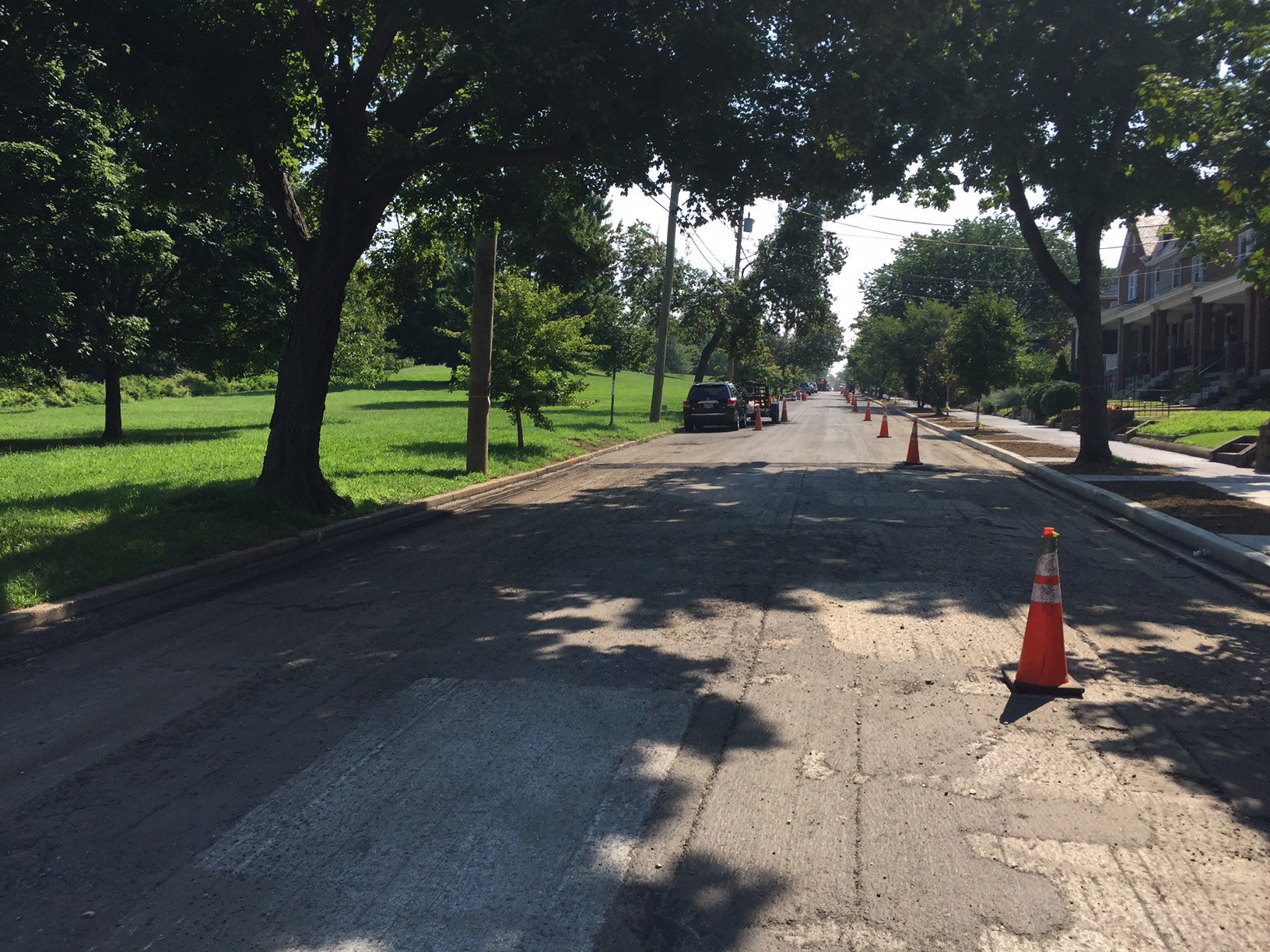
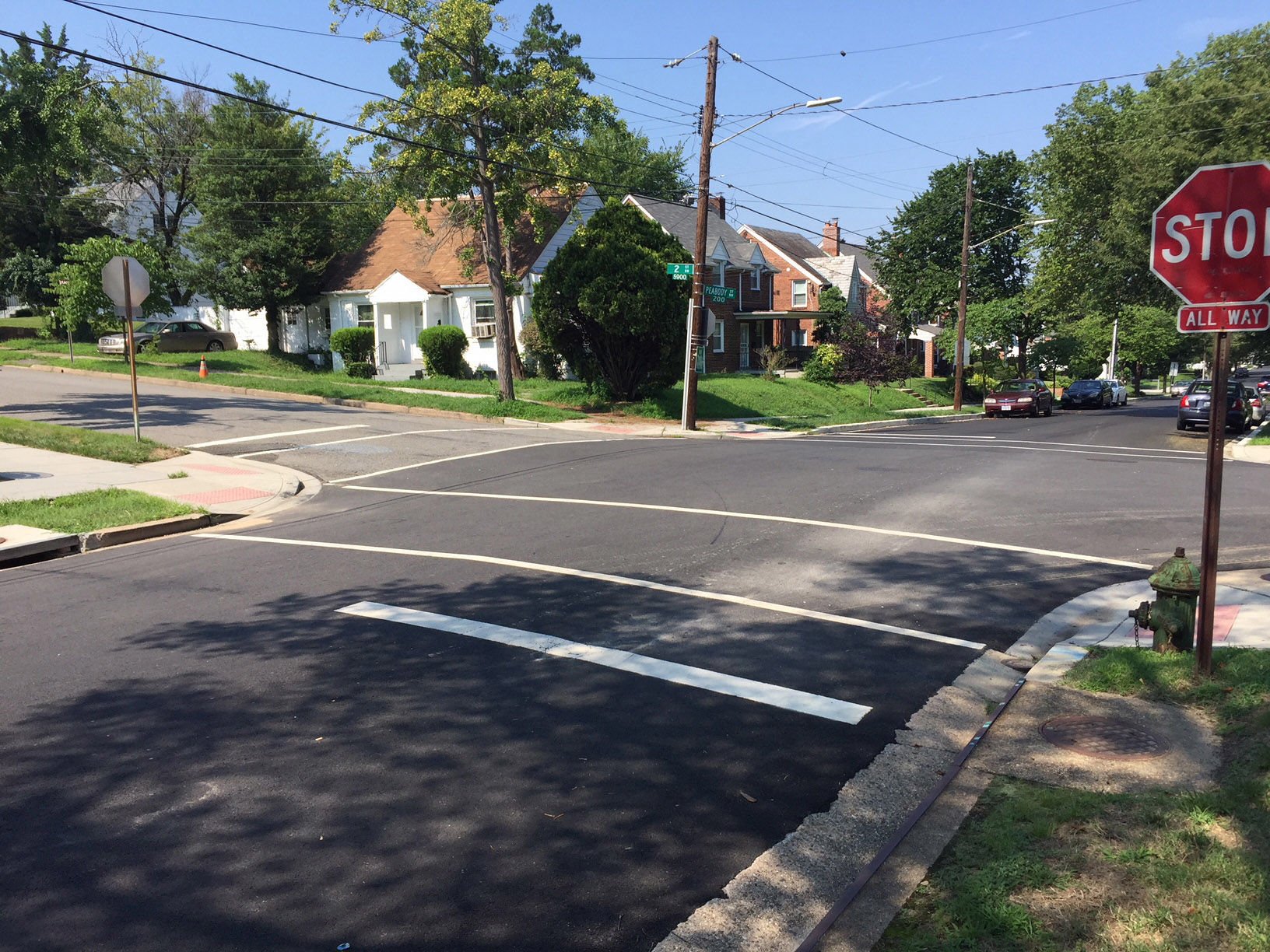
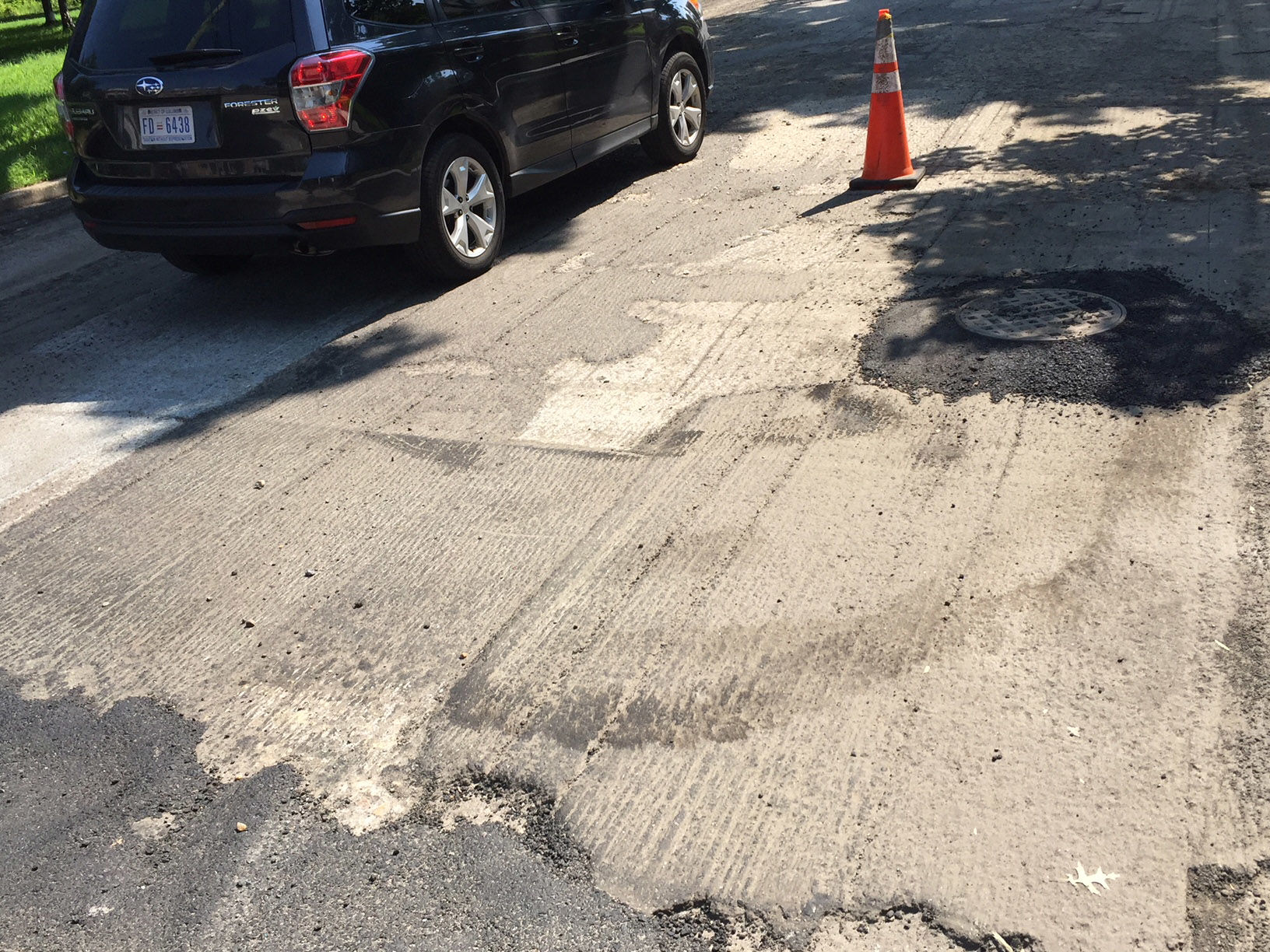
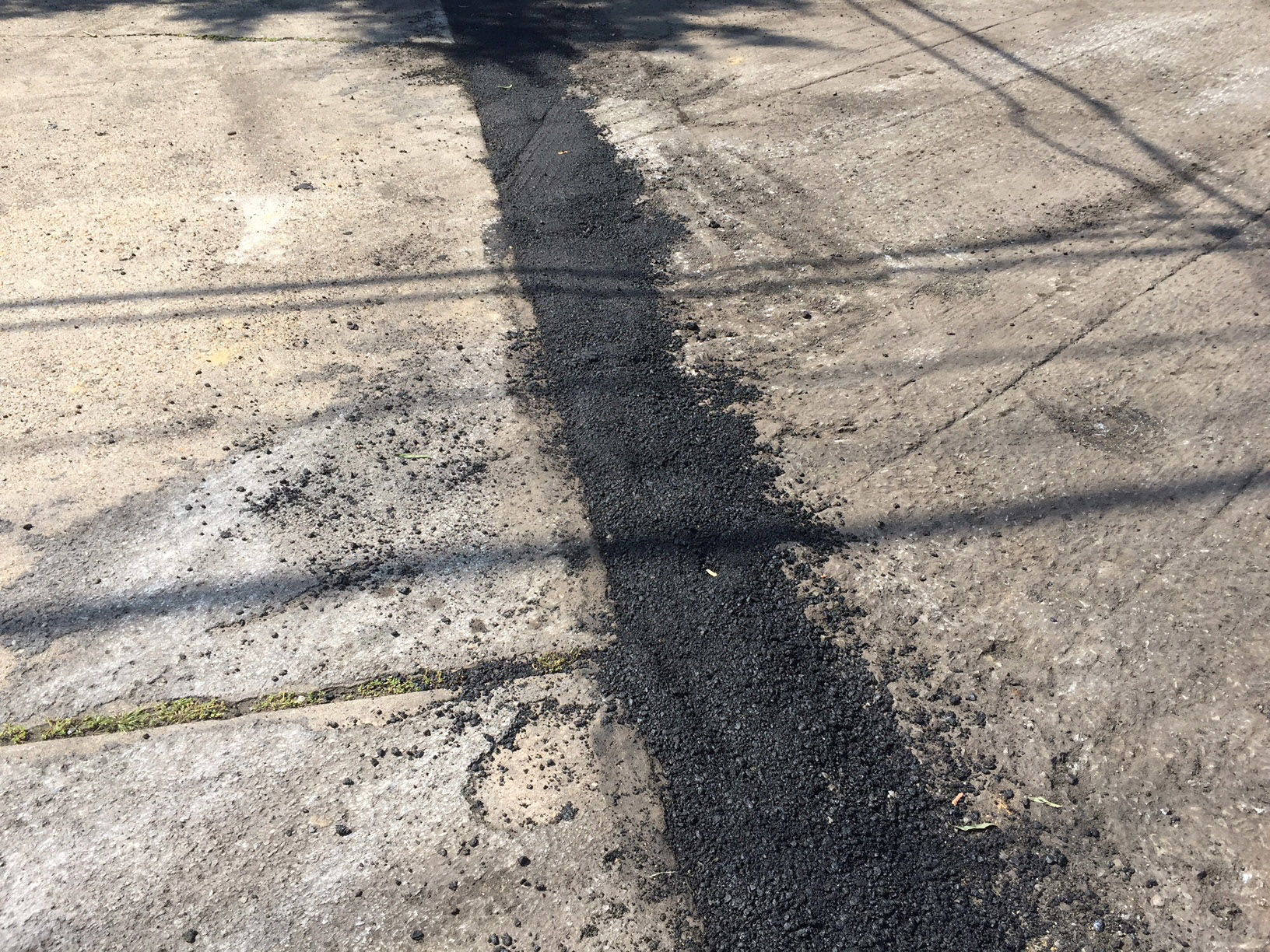
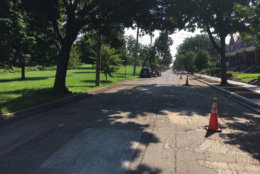
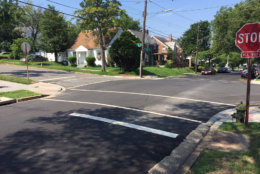
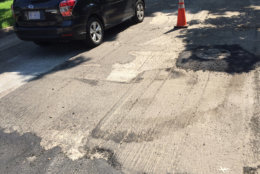
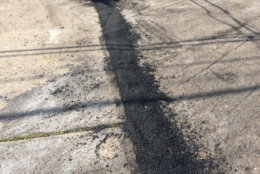
“We have technology that monitors the condition of the pavement across the District,” said Marootian. “We also have our own team of folks, engineers and others, who evaluate every single roadway, who have gone out to locations to determine what exactly is needed, what the right fix is that’s required.”
Nearly every D.C. resident has an opinion on what the worst of the worst roads are, and Marootian said the city wants to hear from each and every one of them.
“The best way for the public to communicate with us is through 311,” he said. “We look at every single 311 request for roadway resurfacing to determine what type of repair is needed. In some cases it may be a small repair; in other cases, it may necessitate a full repaving of the road.”
You can also go online to check where Pave DC is sending crews to work over the next several months. The city has a map that diagrams where crews will be in each ward, or, in some cases, where they’ve already been, so you can keep track of any progress on a particular stretch of road. If you don’t see it on there, then you can you suggest the next segment of road to be fixed.








